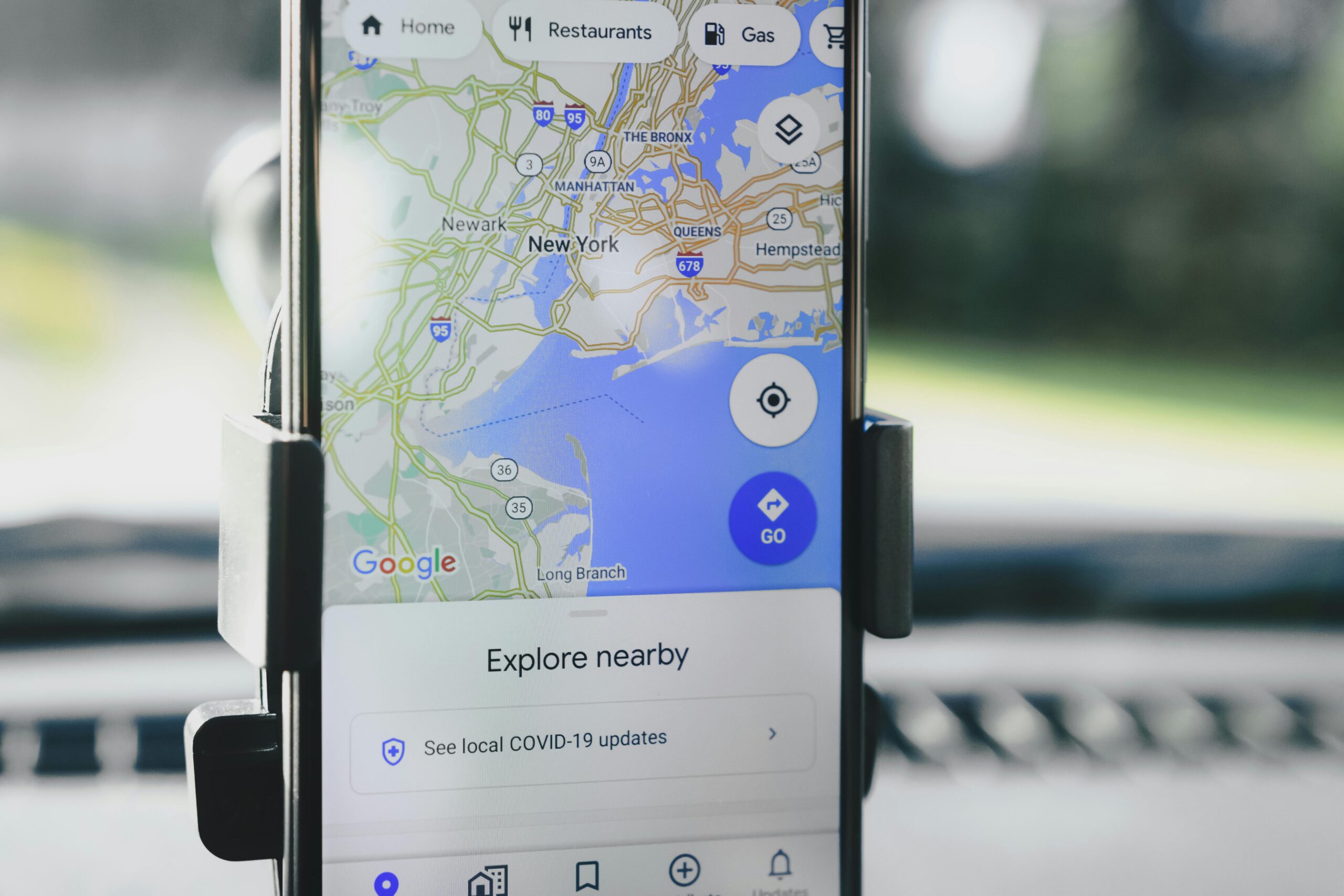Introduction to Offline Navigation
Importance of Offline Navigation
Offline navigation is a game-changer in situations where internet connectivity is unreliable or unavailable. Imagine finding yourself in a remote area or traveling abroad with spotty network coverage. This is where offline navigation becomes indispensable, offering a lifeline in navigating unfamiliar terrains without the need for a constant data connection.
When exploring off-grid locations or simply facing network constraints, offline navigation ensures that individuals can still access directions, maps, and crucial navigational aids without relying on internet connectivity. It provides a sense of assurance and reliability, enabling users to navigate confidently in areas where online navigation might falter.
Read: Budget Travel: Navigating Without Data Using Google Maps Offline
Overview of Google Maps Offline Feature
Google Maps Offline is a robust feature that allows users to download specific map areas onto their devices, providing access to these maps even when offline. This feature extends beyond a mere snapshot of a map; it encompasses functionalities like GPS navigation, turn-by-turn directions, and the ability to search for places or points of interest without requiring an active internet connection.
The Offline Maps feature is user-friendly and accessible, catering to various needs, whether it’s for travelers exploring remote areas, individuals facing connectivity issues, or those looking for a reliable navigation tool while traveling internationally. It stands as a testament to technology’s ability to adapt to users’ needs, ensuring navigation remains accessible despite varying connectivity challenges.
How to Download Maps for Offline Use
Accessing Offline Maps Feature

To begin using Google Maps Offline, users need to access the offline maps feature within the Google Maps app. This can typically be found in the app’s menu or settings section. Once located, users can tap on the designated option to enter the offline maps interface.
Selecting and Downloading Specific Areas
Once in the offline maps section, users can choose specific locations or areas they wish to download for offline access. This involves zooming in on the desired region, selecting it, and initiating the download process. Users have the flexibility to adjust the size of the downloaded map to suit their requirements, ensuring they have the necessary map details without taking up excessive storage space on their device.
Managing and Updating Offline Maps
Google Maps allows users to manage and update their offline maps efficiently. This involves keeping track of downloaded map areas, removing outdated maps, and ensuring the availability of the latest map information. Users can delete previously downloaded maps that are no longer needed or update existing maps to access the most recent data before embarking on their travels.
This step-by-step process empowers users to download and manage offline maps tailored to their specific needs. It ensures that individuals can have access to detailed map information even when they don’t have an internet connection, making navigation seamless and convenient in areas where connectivity is limited or absent.
Using Offline Maps for Navigation
Accessing Saved Offline Maps
Once users have downloaded specific map areas for offline use, accessing these saved maps is a straightforward process. Within the Google Maps app, users can navigate to the offline maps section or menu to view and access the maps they have previously saved. These maps are readily available for navigation, regardless of whether an internet connection is available.
Exploring Offline Navigation Features
Despite being in an offline mode, Google Maps offers a range of navigation features that remain accessible. Users can still search for locations, get directions, find nearby points of interest, and obtain turn-by-turn navigation instructions within the downloaded offline maps. This functionality ensures that users have essential navigation tools even without an active internet connection.

Utilizing GPS Functions Without Data
One of the standout features of Google Maps’ offline capability is its integration with GPS functionality. Even when offline, the GPS within the device can accurately determine the user’s location on the downloaded offline map. This enables users to pinpoint their precise location, follow directions, and navigate routes without relying on real-time data connectivity.
Read: Exploring the World Safely: The Essential Role of VPNs for Travelers
Making the Most of Offline Navigation
Saving Points of Interest Offline
A key aspect of maximizing offline navigation involves saving important points of interest while online. Users can mark and save locations, such as accommodations, landmarks, or places of interest, when they have internet access. These saved points become easily accessible when using the offline maps, ensuring essential locations are readily available even without an active internet connection.
Offline Navigation Tips and Tricks
To optimize the offline navigation experience, various tips and tricks can be employed. For instance, reducing screen brightness and enabling airplane mode while using offline maps can help conserve battery life. Additionally, familiarizing oneself with the navigation interface and shortcut commands enables smoother and more efficient navigation while offline.
Optimizing Battery and Storage
Managing device settings plays a crucial role in ensuring a seamless offline navigation experience. Regularly reviewing and deleting outdated or unnecessary offline maps helps free up storage space on the device. This, in turn, ensures that users have ample storage for new map downloads and other essential data.
Benefits and Limitations of Offline Navigation

Advantages of Using Maps Offline
- Uninterrupted Navigation: One of the primary benefits of offline navigation is its ability to provide continuous guidance and directions even in areas with limited or no network coverage. Users can navigate seamlessly without interruptions caused by unreliable internet connectivity.
- Reliability in Remote Areas: Offline navigation shines in remote or off-grid locations where internet access is scarce. It ensures users can still access detailed maps and directions, making navigation reliable in areas with poor network coverage.
- Reduced Data Usage: Utilizing offline maps minimizes data usage significantly, especially beneficial for users with limited data plans or those traveling abroad, where roaming charges may apply. This feature allows users to navigate without consuming excessive data.
Potential Drawbacks and Limitations
- Lack of Real-Time Updates: Offline maps may lack real-time updates and live traffic information, which are essential for dynamically changing traffic conditions. Users relying solely on offline navigation might miss out on up-to-the-minute information.
- Limited Advanced Features: Certain advanced features available in online mode, such as live satellite view or real-time location sharing, may not be accessible in offline mode. Users might miss out on these advanced functionalities while navigating offline.
Read: Travel Insurance: Navigating the Unseen Risks
Comparisons with Online Navigation
Contrasting Online vs. Offline Navigation
- Real-Time Updates: Online navigation excels in providing real-time updates, including live traffic information, route changes, and dynamic alterations based on current conditions. This feature ensures users receive the most up-to-date information while navigating.
- Connectivity Dependency: Online navigation relies on a stable internet connection, making it vulnerable in areas with poor or no network coverage. It may struggle to provide accurate directions when connectivity is limited.
- Advanced Features Availability: Online navigation often offers advanced features, such as live satellite views, location sharing, and dynamic rerouting based on live data, providing a more comprehensive and interactive navigation experience.
Situations Where Offline Navigation Excels
- Reliability in Connectivity-Limited Areas: Offline navigation shines in areas with limited connectivity or when users are traveling to remote locations. It ensures uninterrupted access to maps and navigation tools, reducing dependency on a constant internet connection.
- Conservation of Data Usage: Offline navigation significantly reduces data consumption compared to online navigation, making it an ideal choice for users concerned about data usage or those traveling internationally with limited data plans.






